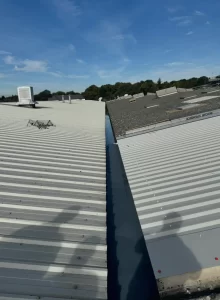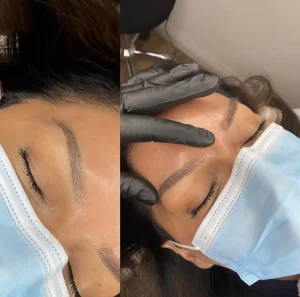
Removing a tattoo is a personal decision that many individuals make for various reasons. Whether it’s because of a change in taste, a desire to erase a painful memory, or simply because the tattoo no longer holds the same meaning, tattoo removal has become increasingly popular. People often wonder what the fastest tattoo removal method is and how they can achieve the desired result in the shortest amount of time.
The Different Methods of Tattoo Removal
There are several methods available for tattoo removal, each with its own pros and cons. Some of the most popular options include:
- Laser tattoo removal: This is currently the most popular and effective method. It involves using laser technology to break down the tattoo ink into tiny particles, allowing the body’s immune system to gradually eliminate it. Multiple sessions are usually required to achieve the desired results. Laser tattoo removal is known for its efficacy and relatively fast results, making it a top choice for those looking for speedy removal.
- Surgical tattoo removal: This method involves physically removing the tattoo using a surgical procedure. It is typically used for smaller tattoos and may result in scarring. While it can provide immediate results, it is generally not recommended for larger tattoos due to the potential complications and longer recovery time.
- Chemical tattoo removal: This method involves applying a tattoo removal solution directly to the skin. The solution breaks down the tattoo ink, allowing it to be naturally eliminated by the body. Chemical tattoo removal is less invasive compared to laser or surgical methods, but it may require multiple treatments and can take longer to achieve the desired outcome.

Factors Affecting Tattoo Removal Speed
While laser tattoo removal is often considered the fastest method, several factors can influence the overall speed of the removal process. These factors include:
Tattoo size:
Generally, smaller tattoos require fewer laser sessions compared to larger ones. The size of the tattoo plays a significant role in determining the speed and effectiveness of the removal process.
Ink color and type:
Different tattoo inks respond differently to laser treatment. Dark colors, such as black or blue, are typically easier to remove, while lighter colors like yellow or green may require more sessions. Additionally, professional tattoos using high-quality ink can be more challenging to remove than amateur tattoos.
Skin color and type:
The skin’s ability to absorb laser energy can vary based on individual skin tone and type. People with fair skin generally respond better to laser tattoo removal, as the contrast between the ink and the skin is more prominent. Darker skin tones may require additional sessions to achieve satisfactory results.
Tattoo age and depth:
Older tattoos tend to fade more easily compared to newer ones. Additionally, tattoos located deep within the skin may require more treatments as they are harder to reach and break down with laser energy.
Summary
When it comes to tattoo removal, laser tattoo removal is often considered the fastest and most effective option. However, the speed of tattoo removal can vary depending on various factors such as tattoo size, ink color and type, skin color and type, as well as the age and depth of the tattoo. It’s essential to consult with a professional tattoo removal specialist who can assess your specific situation and provide appropriate recommendations for the fastest and safest tattoo removal approach for you.





